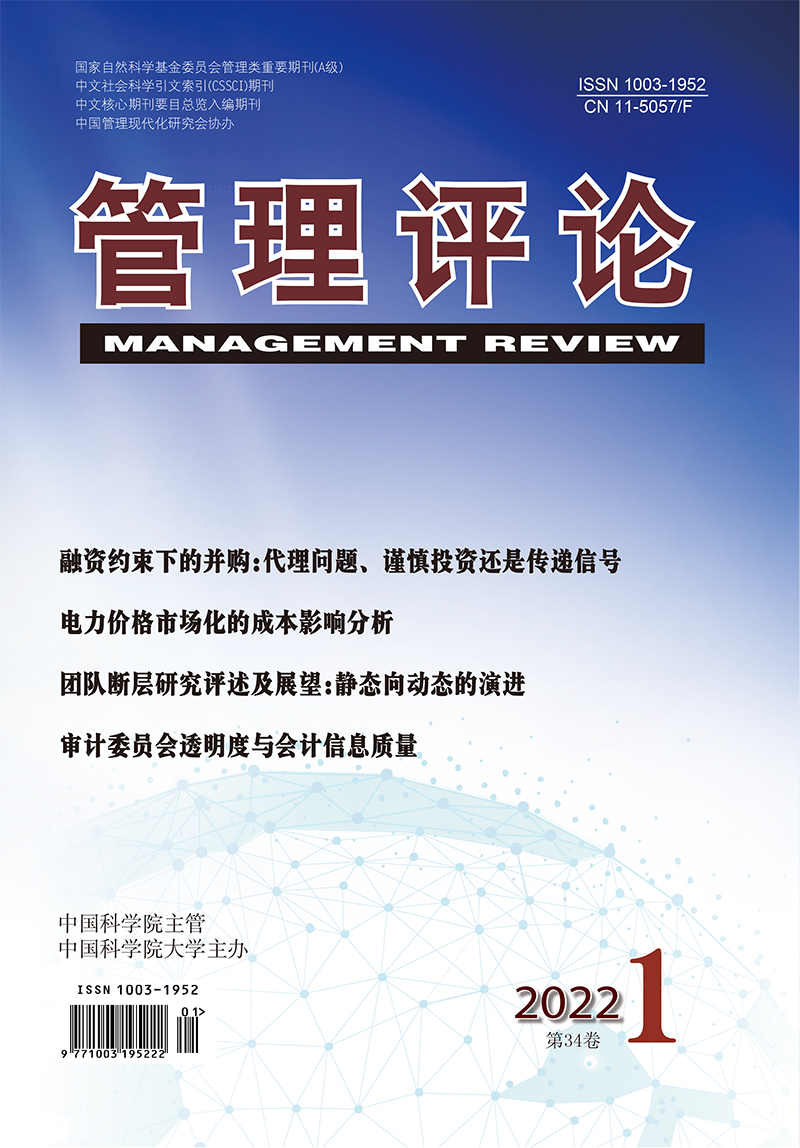|
|
Business Model Diversification and the Mechanism of Value Creation: Resource Synergy or Context Interconnection? A Case Study of Meituan from 2010 to 2020
Jiang Jihai, Tang Qian, Wang Fengquan
2022, 34 (1):
306-321.
Business model diversification is a typical innovation path for companies seeking value creation, but the causes and consequences of its value creation are still unclear. This paper starts from a new perspective of business model contextualization, discussing the value drivers of business model diversification and the intrinsic mechanism of value creation. First of all, through the coding of case materials, we recognize three value drivers of business model diversification: time-based context interconnection (such as frequency, time, continuity, etc.), space-based context interconnection (such as location-based services, efficient connection, etc.), and proposition-based context interconnection (such as user portrait, functional needs, emotional needs, etc.). Secondly, based on the theoretical basis of service-dominant logic, network effects, and customer collaboration, combined with the case of Meituan, this paper deeply analyzes the intrinsic mechanism of the effect of various value drivers on value creation. Finally, the theoretical framework of the relationship between the value drivers of business model diversification and the results of value creation is summarized. The results of this study show that time-based context interconnection provides users with a one-stop consumption experience, and promotes the increase in the number of users, conversion rate, transaction frequency and other indicators; space-based context interconnection provides diversified and three-dimensional insight into consumer demand and reduces transaction cost, can increase user stickiness, transaction frequency, customer unit price, and monetization rate; proposition-based context interconnection provides users with accurate overall solutions and more value, and promotes the increase in the number of users, conversion rate, customer unit price, monetization rate and other indicators. The three value drivers work together to enhance the creation of value in context.
References |
Related Articles |
Metrics
|

